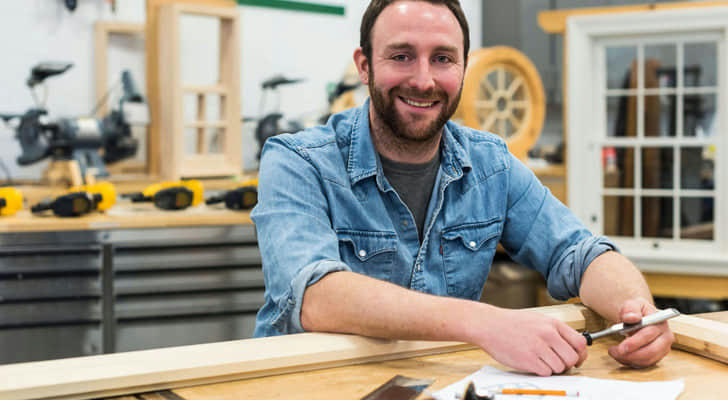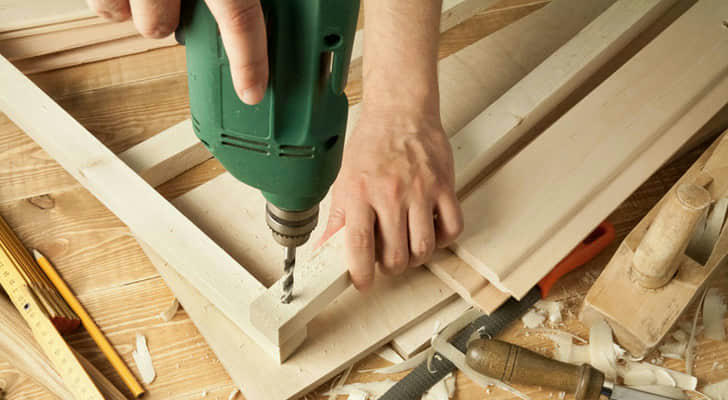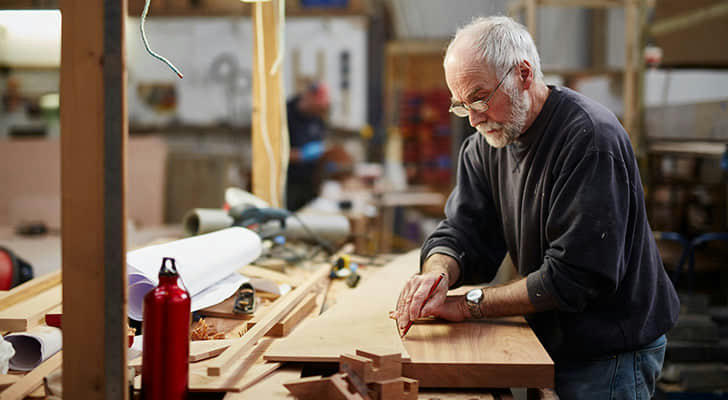Carpentry Skills and the Evolution of Craftsmanship
Carpentry, a time-honored and practical craft, encompasses a wide range of activities including furniture making, architectural decoration, and tool crafting. From the earliest days of human history, woodworking has played an essential role in shaping civilizations. Today, despite technological advances, carpentry remains a cornerstone of both traditional craftsmanship and modern construction.

Basic Tools and Materials in Carpentry
Carpentry requires a specific set of tools and materials to complete projects efficiently and effectively.
• Common Carpentry Tools: Essential tools include saws, planes, hammers, chisels, and tape measures. Each tool serves a unique purpose: saws cut through wood, planes smooth surfaces, and hammers assemble pieces using nails.
• Wood Selection: Carpenters use a variety of woods, such as hardwoods (oak, maple, walnut) and softwoods (pine, cedar), depending on the project. Hardwoods are durable and ideal for long-lasting furniture, while softwoods are easier to work with for decorative pieces.
• Supplementary Materials: In addition to wood, carpentry often involves using nails, glue, sandpaper, and finishes to complete projects. These materials help secure joints, smooth surfaces, and protect wood from wear and tear.
Essential Carpentry Skills
A successful carpenter must master several key skills:
• Measuring and Marking: Accurate measurements and markings are the foundation of good craftsmanship. Mistakes at this stage can lead to poorly fitting joints or wasted materials.
• Cutting and Planing: Carpenters use saws and planes to shape the wood. Proper technique ensures that cuts are clean and precise, while planing provides smooth surfaces.
• Assembly and Joinery Techniques: Various methods such as mortise-and-tenon joints, screws, or wood glue are used to connect pieces. Each technique offers its own balance of strength, flexibility, and ease of use.

Types of Carpentry Projects
Carpentry projects range from large-scale constructions to small, detailed handcrafts.
• Furniture Making: This includes the creation of tables, chairs, cabinets, and bookshelves. Each piece requires skill in both design and execution to ensure functionality and aesthetic appeal.
• Architectural Carpentry: In the building industry, carpenters are responsible for installing doors, windows, staircases, and wall paneling. These projects demand a high degree of precision and understanding of structural integrity.
• Handicrafts and Custom Projects: Smaller projects, such as wooden toys, decorative carvings, and personalized furniture, allow carpenters to showcase their creativity and craftsmanship.
Learning Carpentry: Training and Practice
Carpentry is a skill learned over time through a combination of education and hands-on practice.
• Beginner and Advanced Courses: New carpenters can start with basic courses that cover foundational skills, such as measuring, cutting, and joinery. More advanced courses delve into complex projects like custom cabinetry or large-scale construction.
• Practical Experience: Beyond formal education, practical experience is crucial. Working on real projects helps carpenters refine their skills and learn from mistakes.
• Apprenticeships and Modern Training: Traditional apprenticeships are still one of the best ways to learn carpentry, with experienced carpenters passing down knowledge. However, today’s training programs also incorporate technology and modern methods, making learning more efficient and versatile.
Case: Thomas Black — Transforming from a Novice to a Global Woodworking Champion
• Background Story: It was a chance encounter at a woodworking exhibition that ignited Thomas Black's passion for woodworking. Enchanted by the exquisite pieces displayed, he resolved to embark on a journey into the art. His learning adventure commenced with online courses and YouTube tutorials, where he absorbed fundamentals about woodworking tools and timber.
• Learning Journey: Undeterred by self-study, Black augmented his knowledge by enrolling in local adult education programs to systemically master woodworking techniques. He dedicated his weekends and holidays to interning at artisanal studios, emphasizing practical work. Starting with modest home decorations, he progressively ventured into furniture crafting, ensuring every project refined his skills.
• Key Achievements: Following five years of relentless perseverance, Black not only mastered superior woodworking skills but also claimed victory at the prestigious "World Woodworking Skills Championship." His work garnered significant acclaim from the judges. Post-victory, he founded his woodworking studio, specializing in designing and crafting bespoke, high-end furniture. Additionally, he took on a role as a part-time woodworking instructor, thereby imparting his expertise and ardor to a new generation of enthusiasts.

The Future of Carpentry
As technology advances, carpentry continues to evolve in exciting ways.
• Smart and Automated Carpentry Tools: Tools are becoming more automated, with advancements such as robotic cutting arms and laser-guided tools. These innovations are making work faster and more precise, while reducing physical strain on workers.
• Job Prospects in Carpentry: The demand for custom furniture, home renovations, and eco-friendly building practices is growing, creating new opportunities for skilled carpenters. Those who master both traditional techniques and modern tools will find ample opportunities in the evolving industry.
Conclusion
Carpentry is a blend of art and practical skill that continues to hold great value in both residential and commercial projects. As the industry moves toward smarter tools and sustainable practices, the future of carpentry looks bright.
